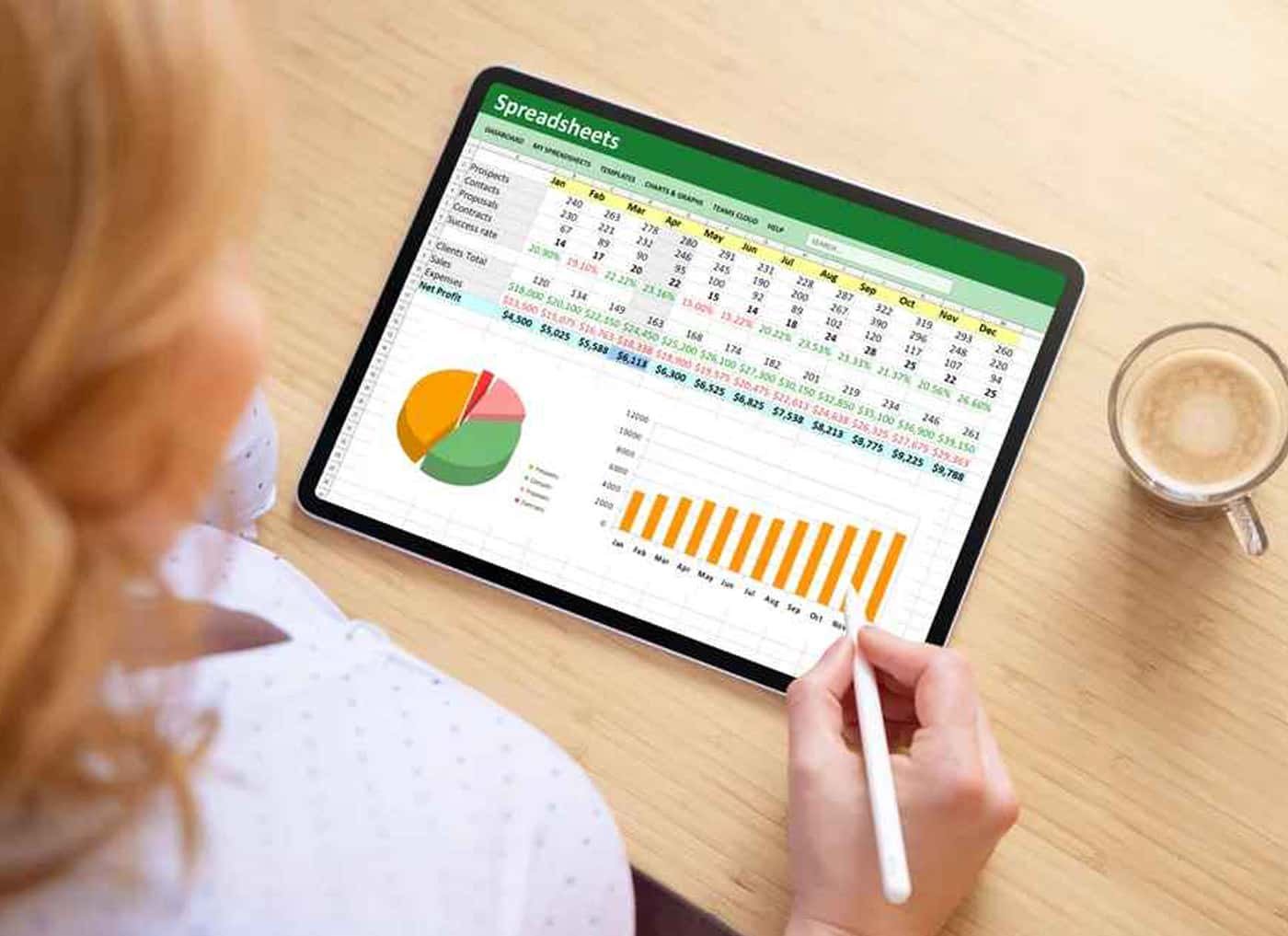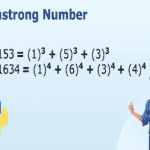MS Excel is one of the most powerful and popular applications used by Data Analysts for conducting effective analysis of data. The data analytics tool is one of the most effective tools equipped with pivot tables built-in within the application. You can effortlessly enable data management within one software allowing you to easily import, export, clean, and analyze data.
Being a Data Analyst myself, I find MS Excel a very powerful tool that can be used for data management including tasks like analyzing, cleaning, and visualizing. By following proper methods, I have been able to master my skills in using Excel and conducting Data Validation.
In this blog, I will guide you through an in-depth understanding of doing Data Validation in MS Excel and the various tools that you can use for the task. Read to know more!
What is Data Validation in MS Excel?
Data validation in Microsoft Excel is a feature that allows you to define rules and restrictions for the data that can be entered into a cell or range of cells. It helps ensure that the data input into a spreadsheet is accurate and conforms to specific criteria, preventing errors and inconsistencies in your data. Data validation is particularly useful when you’re creating forms, surveys, or templates in Excel or when you want to maintain data integrity in a shared workbook.
Here’s how data validation works in Excel:
- Set Criteria: You specify the criteria or rules that data must meet to be considered valid. These criteria can include numerical ranges, specific text values, dates, times, or custom formulas.
- Input Message: You can provide an optional input message that appears as a tooltip when a user selects the cell. This message can offer instructions or guidance on what data is expected.
- Error Alert: You can also set up an error alert message that displays if a user enters data that doesn’t meet the validation criteria. This alert can be a warning or an error, and it can include a custom message to inform the user about the problem.
- Prevent Invalid Data Entry: If a user tries to enter data that doesn’t meet the defined criteria, Excel will display the error message and prevent the entry until valid data is input.
Types of Data Validation Tools
Following are the set of tools that you can use for Data Validation in MS Excel. By using these tools and learning how to utilize them for Data Validation, I have been able to ace my Data Analysis abilities.
Validation of Whole Numbers and Decimals:
Whole Number: You can select a range of acceptable values and limit input to only whole numbers (for example, integers).
Decimal: You can set a range for decimal figures as well as the number of decimal places.
Text Size and Character Capacity:
You can set minimum and maximum character limitations as well as restrict the amount of text that can be entered into a cell. For fields like names, addresses, or product codes, this is helpful.
Validation of Date and Time:
You can specify date ranges, forbid past dates, or make sure date formats adhere to a certain standard when setting rules for date and time entries in Excel.
List verification
Data entry is limited to items on a preset list thanks to list validation. Users can choose from a number of items with ease by using combo boxes or dropdown lists, which you can construct. For categorical data like product categories or department names, this is extremely helpful.
Validation for Custom Formulas:
You can use Excel formulas to generate unique validation rules. You now have plenty of flexibility to specify intricate conditions for data submission. You may, for instance, validate data using various formulas or criteria.
Validation of Time:
You can verify time entries to make sure they fall within certain time frames or adhere to specific formats (such as a 24-hour clock).
Input Message
An input message is a useful feature that gives users direction or advice when they select a cell rather than a validation type. As soon as the cell is selected, it shows up as a tooltip.
Error Notice:
Users are alerted via error notices when they enter inaccurate data. These alerts can be customized to provide a warning or error message with a title and a message describing why the data is incorrect.
Customized Error and Input Messages:
You may design your own unique input and error messages while configuring data validation to give users precise guidance and feedback.
Invalid Circled Data
By enclosing cells containing erroneous data in a red circle, this feature makes it simple to spot and fix mistakes.
How to Validate Data in Excel?
Validating data in MS Excel involves setting rules or criteria for the input values in a cell or range of cells to ensure that the data conforms to your requirements. This helps maintain data accuracy and consistency in your spreadsheets. Here are detailed steps on how to validate data in Excel:
Select the Cells for Data Validation:
- Open your Excel workbook and navigate to the worksheet where you want to apply data validation.
- Click on the cell or select the range of cells where you want to enforce data validation.
Access the Data Validation Dialog Box:
- Go to the “Data” tab on the Excel ribbon.
- In the “Data Tools” group, you’ll find the “Data Validation” button. Click on it to open the Data Validation dialog box.
Set the Validation Criteria:
In the “Settings” tab of the Data Validation dialog box, you’ll see several options:
- Allow: This is where you define the type of data that’s allowed in the cell(s). Choose from options like “Whole number,” “Decimal,” “List,” “Date,” etc.
- Data: Depending on your “Allow” selection, you’ll see different options to set the validation criteria.
- For numeric values, you can specify the minimum and maximum values.
- For text, you can set the length limits.
- For dates, you can define date ranges.
- For lists, you can enter the list of valid values.
Customize these options based on your specific requirements. For example, if you want to allow only whole numbers between 1 and 100, choose “Whole number” and set the minimum and maximum values accordingly.
Input Message (Optional):
- In the “Input Message” tab of the Data Validation dialog box, you can provide an optional input message that appears as a tooltip when a user selects the cell(s). This message can offer guidance or instructions on what data is expected.
- Check the “Show input message when cell is selected” box and enter your message.
Error Alert (Optional):
- In the “Error Alert” tab of the Data Validation dialog box, you can set up an error message that appears if a user enters data that doesn’t meet the validation criteria.
- Check the “Show error alert after invalid data is entered” box.
- Choose the style of error message (Information, Warning, or Error) from the dropdown.
- Enter a title for the error message in the “Title” field.
- Enter the error message in the “Error message” field.
Complete Data Validation Setup:
After configuring the validation criteria, input message, and error alert settings, click the “OK” button to apply the data validation rules to the selected cell(s) or range.
Test Data Validation:
To test the data validation, try entering data into the validated cells that either meet the criteria or violate it. You should see the input message or error message accordingly.
Modify or Remove Data Validation:
- To modify existing data validation rules, select the cell(s) with validation, go back to the Data Validation dialog box (step 2), and make the necessary changes.
- To remove data validation from a cell or range, select the cell(s), go to the Data Validation dialog (step 2), and choose “Clear All” in the “Settings” tab.
Data validation is a valuable tool for maintaining data integrity and consistency in your Excel workbooks, especially when creating forms, surveys, or templates. It helps prevent data entry errors and ensures that your data adheres to predefined standards.
Conclusion
In conclusion, I have ensured to provide you with a comprehensive guide on Data Validation in MS Excel. With a detailed explanation of how data validation is performed in MS Excel along with a set of Data Validation tools, you can now perform the task effectively.
Make sure to undertake proper practice in MS Excel in order to ace the operation and conduct Data Analysis to help businesses enhance their operations. If you want to learn Data Analysis, you can always opt for Pickl.AI’s Data Science Foundation course to develop your skills.










